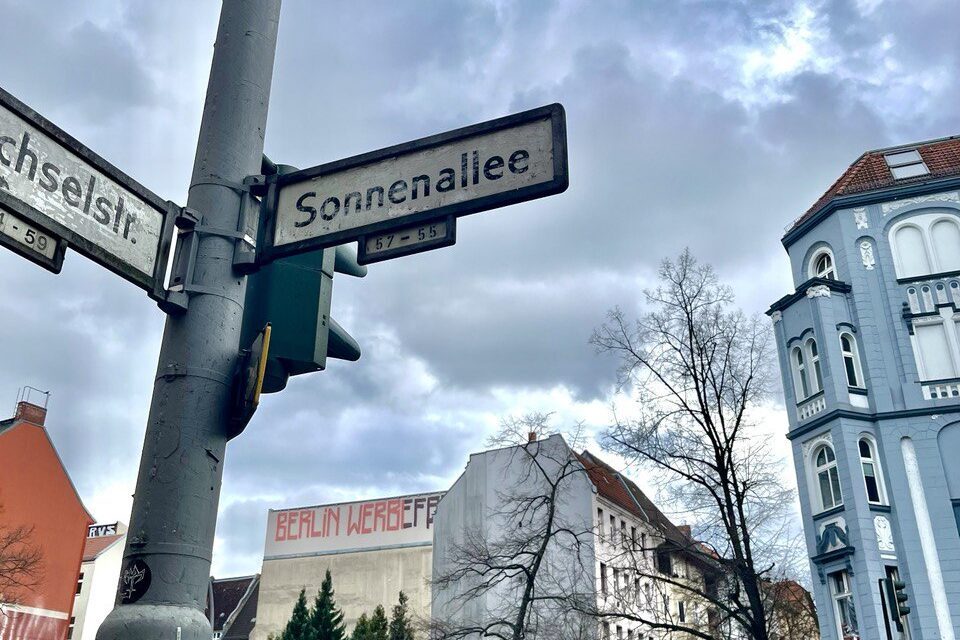
BERLINER TOUR – This is what makes Sonnenallee so special
With over 250,000 Arab residents, Sonnenallee stands as a testament to Berlin’s multicultural fabric. As Fayrouz delves into the intricacies of daily life, she unveils the rich heritage and contemporary essence that define Sonnenallee.
Sonnenallee, located in the Neukölln district of Berlin, has a rich and diverse history. Originally named Sonnenstraße (Sun Street), it was renamed Sonnenallee (Sun Avenue) in 1937. During the division of Berlin by the Berlin Wall (1961-1989), Sonnenallee became an important thoroughfare in West Berlin connecting the districts of Neukölln and Tempelhof.
In recent decades, Sonnenallee has gained the nickname Arab Street due to its large population of immigrants from Arabic-speaking countries, particularly from the Middle East and North Africa. This transformation began in the 1960s and 1970s with the arrival of guest workers from Turkey, and later from other parts of the Arab world. Many settled in Neukölln, including along Sonnenallee, forming a vibrant and culturally diverse community.
Today, Sonnenallee is known for its bustling atmosphere, filled with Middle Eastern markets, shops, restaurants, and cafes offering a variety of Arabic and Turkish delicacies. The street has become a symbol of Berlin’s multiculturalism and is frequented by locals and tourists alike seeking to experience its unique blend of cultures.
Text: Fayrouz AbouGarad
Reporting, camera, sound: Fayrouz AbouGarad
Photo: © Fayrouz Abougarad



